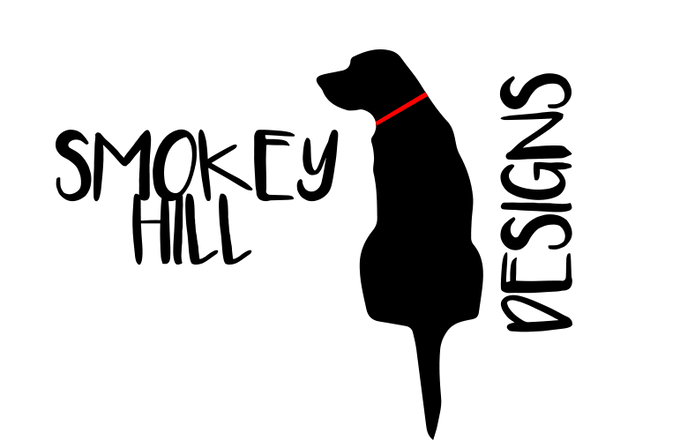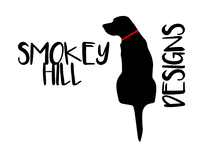Two sided vs. One Sided vs. Transparent PatternPly®
Because lasering is such a diverse craft, we offer many different options for each of our materials. Sometimes, these differences can get a little confusing (especially on clear substrates). Let's clear up any confusion about sidedness!
One sided
- You will see this option on the PatternPly® pages. One sided PatternPly® has the image or color of your choice on one side and the raw core material on the other. For example, one sided PatternPly® on an MDF core will have your pattern or color on one side and plain MDF on the other. One sided PatternPly® on white acrylic core will have your pattern or color on one side and plain turquoise acrylic on the other. One sided PatternPly® is best for projects where the back will not be seen, such as on a wall-mounted sign. It can be used for things like earrings, but most prefer the look of two sided.
Two sided
- When referring to plywood, two sided means that you will have the same wood type on both sides of the sheet. In other words, two sided walnut plywood has two walnut faces with a core material (in our plywood, this is MDF) sandwiched in the middle. All of our plywood is two sided; you will never have a lesser quality wood variety on the back side.
- When referring to PatternPly®, two sided means that your chosen color or pattern will be on both sides of the core material. For example, two sided solid red PatternPly® on a white acrylic core will be red on both sides, with the white core in the middle. This means you can engrave from either side to reveal that white core color.
- With clear substrates (clear acrylic, clear flex, and peel and stick clear flex), two sided means something slightly different. For MDF and the opaque acrylic cores, your chosen color or image is on both sides of the sheet, with the core sandwiched in the middle. On clear substrates, we put all coloration or patterning on one side of the sheet only. We do this so that you have the option to display your pieces with the textured side (where the pattern or color was applied) facing forward OR with the non-textured side facing forward. There is no "correct" way to do it--some prefer the textured side forward, while other prefer to look through the clear acrylic. With two sided on clear, we actually double overlay the image so it is just as vibrant from either side. The pattern or color with two sided on clear is completely opaque. In other words, do not choose two sided on clear for things like sun catchers or lanterns, where you want light to pass through. Two sided on clear is a great choice for jewelry or signage.
Transparent
- Transparent is an option with clear substrates only. To keep things easy, we gave all patterns with a transparent option their own collection. Transparent patterns are not vibrantly colored unless illuminated. Because of this, they make excellent substrates for sun catchers, lanterns, or even ornament backers (if the tree has lots of lights!). Transparent is actually just one sided on clear with a fancy name. It lacks that double overlay to give it the vibrancy of two sided, making it perfect for light penetration. If you love one of the transparent patterns but wish it was vibrantly colored even without the assistance of light, don't worry! Every transparent pattern is also available in a vibrant (but opaque) two sided on clear option in the regular PatternPly® collection.
If you are a visual learner, we have a video on our YouTube channel to help show the differences!

